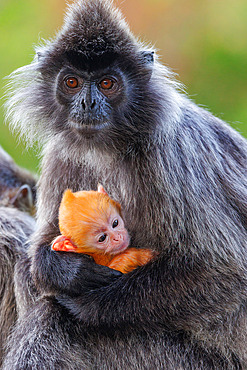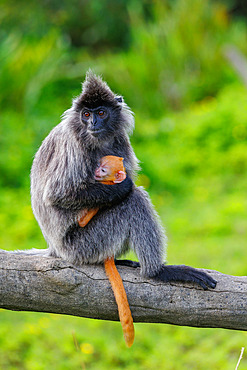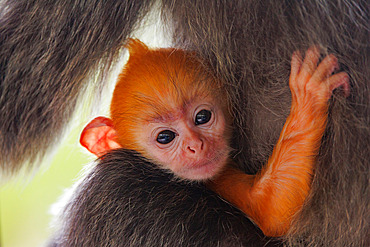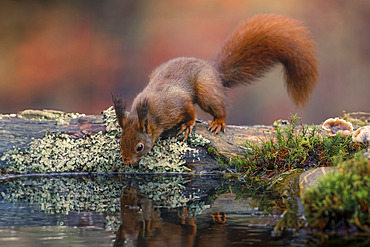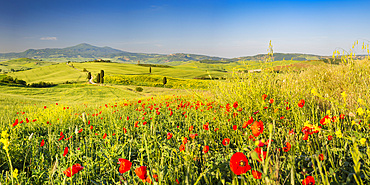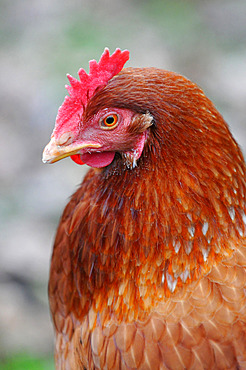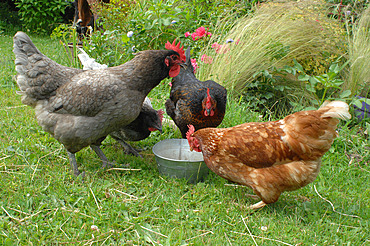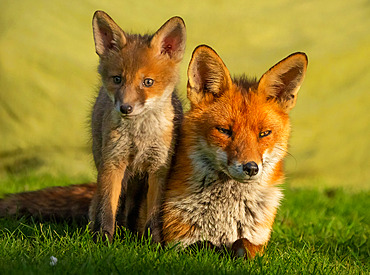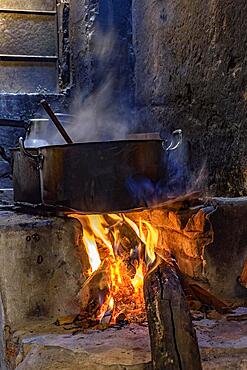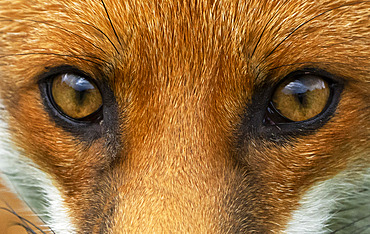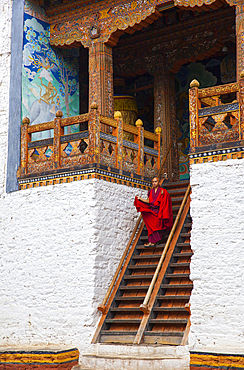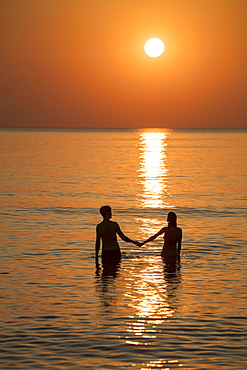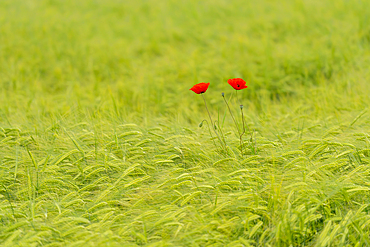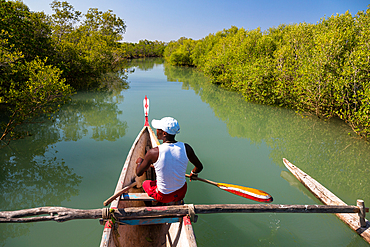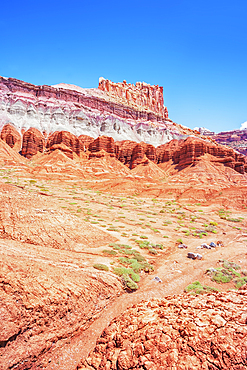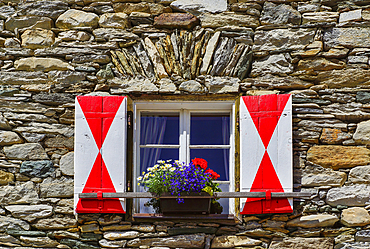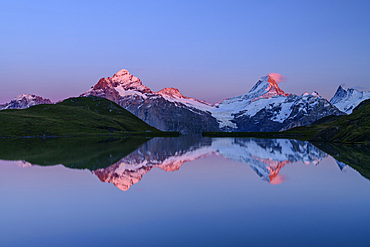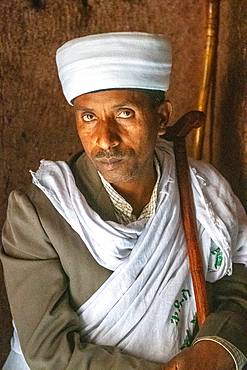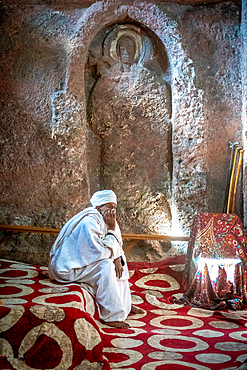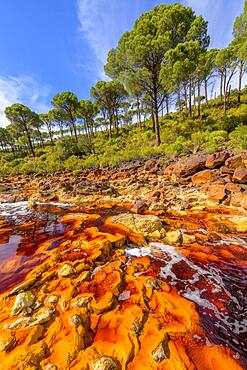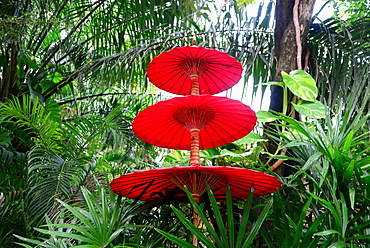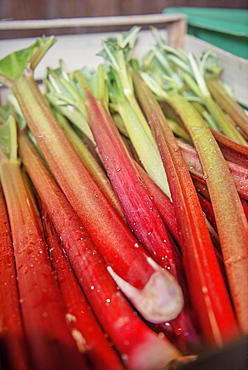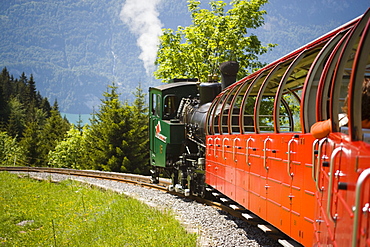Recent searches
Loading...
860-292296 - Silvery lutung or Silvered leaf Monkey or Silvery Langur (Trachypithecus cristatus), baby ( orange in color) with the mother, Reserve of Labuk Bay, Sabah, Malaysia, North Borneo, Southeast Asia
860-292297 - Silvery lutung or Silvered leaf Monkey or Silvery Langur (Trachypithecus cristatus), baby ( orange in color) with the mother, Reserve of Labuk Bay, Sabah, Malaysia, North Borneo, Southeast Asia
860-292295 - Silvery lutung or Silvered leaf Monkey or Silvery Langur (Trachypithecus cristatus), baby ( orange in color) with the mother, Reserve of Labuk Bay, Sabah, Malaysia, North Borneo, Southeast Asia
860-292281 - Red squirrel (Sciurus vulgaris) drinking, Ardennes, Belgium
832-401520 - Old reddish brown wooden door on blue wall
1113-107838 - Landscape at sunrise around Pienza, Val d'Orcia, Orcia Valley, UNESCO World Heritage Site, Province of Siena, Tuscany, Italy, Europe
1113-107835 - Landscape around Pienza, Val d'Orcia, Orcia Valley, UNESCO World Heritage Site, Province of Siena, Tuscany, Italy, Europe
1113-107834 - Poppy field in close-up, central Hesse, Germany
1113-107822 - Winter morning at Lake Starnberg, Tutzing, Germany
1113-107819 - Winter at Lake Starnberg, Tutzing, Germany
1113-107810 - Tree in red autumn colors in winter at Lake Starnberg, Bavaria, Germany
860-291846 - Laying hens in a garden, red hen, ash or French blue hens, black hen, pecking grain
860-291750 - Red fox (Vulpes vulpes) vixen and cub, England
860-291748 - Red fox (Vulpes vulpes) vixen and cub, England
860-291747 - Red fox (Vulpes vulpes) vixen and cub, England
832-400179 - Traditional Brazilian food being prepared on old and popular wood stove, Brasil
1350-6678 - Strawberry Poison Frog (Dendrobates pumilio), adult, Bastimentos National Park, Bocas del Toro, Panama. The strawberry poison frog or strawberry poison-dart frog (Oophaga pumilio or Dendrobates pumilio) is a species of small amphibian poison dart frog found in Central America. It is common throughout its range, which extends from eastern central Nicaragua through Costa Rica and northwestern Panama. The species is often found in humid lowlands and premontane forest, but large populations are also found in disturbed areas such as plantations. The strawberry poison frog is perhaps most famous for its widespread variation in coloration, comprising approximately 15���30 color morphs, most of which are presumed to be true-breeding. O. pumilio, while not the most poisonous of the dendrobatids, is the most toxic member of its genus. The species is most diverse in Panama with varieties in vivid shades of all red, orange, blue, yellow or green, green and yellow, white with red, orange or black and spotted varieties. The most colorful mix is found in Isla Bastimentos Marine National Park though not all in one place. Colors vary by location. A beach on the north side of the island is named after the species. Two of Southern Explorations' Panama tours visit red frog habitat. Both the eight-day Panama Adventure trip and eleven-day Panama Highlights trip spend time in Isla Bastimentos Marine National Park and the former also goes to Red Frog Beach.
The red frog is not as poisonous as some of its cousins and is not a threat to humans. It subsists on a diet of ants that dine on poisonous plants, providing the red frog its protective skin toxin. Males attract females with a loud quick chirp. To hear the distinctive sound before you depart on your Panama tours, go to the University of Michigan Museum's biodiversity website (www.animaldiversity.ummz.umich.edu.) After birth, the tadpoles climb aboard the mother who deposits them in different protected areas where she retu
832-397718 - Decorated wall in Qutub complex. Delhi, India, Asia
1113-107329 - Horseback rider, Bryce Canyon, Bryce Canyon National Park, Utah, USA
860-290622 - Red fox (Vulpes vulpes) standing amongst roses, England
860-290623 - Red fox (Vulpes vulpes) eyes details, England
1113-106022 - Silhouette of fishing boat at sunset, Ong Lang, Phu Quoc Island, Kien Giang, Vietnam, Asia
1113-106690 - Red carpet at an awards ceremony in Moscow, Russia
1113-105825 - Fishing village of Reine on Lofoten Islands at night, Reine, Norway
1113-105545 - Sunrise on the promenade with a view of the beach bar on the north shore of Lake Starnberg, Starnberg, Bavaria, Germany.
1113-106036 - Aerial view silhouette of fisherman in traditional round boat at sunset, Ong Lang, Phu Quoc Island, Kien Giang, Vietnam, Asia
1113-106035 - Aerial view silhouette of young couple jumping from a bathing platform at sunset on Ong Lang Beach, Ong Lang, Phu Quoc Island, Kien Giang, Vietnam, Asia
1113-106026 - Silhouette of young woman on swing at Ong Lang Beach at sunset pretending to be kicking the sun like football, Ong Lang, Phu Quoc Island, Kien Giang, Vietnam, Asia
1113-106615 - Hot red chillies drying in the sun at the street market, Luang Prabang, Luang Prabang Province, Laos, Asia
1113-106023 - Silhouette of young woman in the water in front of Ong Lang Beach at sunset, Ong Lang, Phu Quoc Island, Kien Giang, Vietnam, Asia
1113-106014 - Silhouette of a young couple standing on a bathing platform in front of Ong Lang Beach at sunset, Ong Lang, Phu Quoc Island, Kien Giang, Vietnam, Asia
1113-106018 - Silhouette of a romantic young couple holding hands in the water in front of Ong Lang Beach at sunset, Ong Lang, Phu Quoc Island, Kien Giang, Vietnam, Asia
1113-106121 - At Cape Arkona, Ruegen, Baltic Sea, Mecklenburg-Western Pomerania, Germany
1113-106019 - Silhouette of a romantic young couple in the water in front of Ong Lang Beach at sunset, Ong Lang, Phu Quoc Island, Kien Giang, Vietnam, Asia
1113-106072 - A buddhist monk, dressed i9n bright red, descending a flight of stairs inside a Bhutanese temple. Shot in Bhutan.
1113-106024 - Silhouette of young woman on swing on Ong Lang Beach at sunset, Ong Lang, Phu Quoc Island, Kien Giang, Vietnam, Asia
1113-106584 - Sandstone cliffs, Capitol Reef National Park, Utah, USA, North America
1113-106015 - Silhouette of a young couple jumping from a bathing platform in front of Ong Lang Beach at sunset, Ong Lang, Phu Quoc Island, Kien Giang, Vietnam, Asia
1113-106616 - Hot red chillies drying in the sun at the street market, Luang Prabang, Luang Prabang Province, Laos, Asia
1113-106020 - Silhouette of a romantic young couple holding hands in the water in front of Ong Lang Beach at sunset, Ong Lang, Phu Quoc Island, Kien Giang, Vietnam, Asia
1113-106455 - Black houses with red windows and a grass roof in the village of Kirkjubøur on Streymoy in the sun, Faroe Islands
1113-106585 - The Castle rock formation, Capitol Reef National Park, Utah, USA, North America
1113-105708 - Sarong dressed over a wooden, carved stool set against a polished, decorated wall, Lombok, Indonesia.
1113-105619 - Poppies in the wheat field, Bavaria, Germany, Europe
1113-105515 - Red wagon of the rack railway travels to Schynige Platte, Bernese Alps in the background, from Schynigen Platte, Grindelwald, Bernese Oberland, UNESCO World Natural Heritage Swiss Alps Jungfrau-Aletsch, Bernese Alps, Bern, Switzerland
1113-105683 - Boat tour in the mangroves near Morondava, Madagascar, Africa
1113-106034 - Aerial view silhouette of young couple standing on a bathing platform at sunset on Ong Lang Beach, Ong Lang, Phu Quoc Island, Kien Giang, Vietnam, Asia
1113-106586 - The Castle rock formation, Capitol Reef National Park, Utah, USA, North America
1113-105826 - Fishing village of Reine on Lofoten Islands at night, Reine, Norway
1113-106583 - The Castle rock formation, Capitol Reef National Park, Utah, USA, North America
1113-106021 - Silhouette of a romantic young couple in the water in front of Ong Lang Beach at sunset, Ong Lang, Phu Quoc Island, Kien Giang, Vietnam, Asia
1113-105620 - Window of a mountain hut in East Tyrol, Austria, Europe
1113-105512 - Wetterhorn, Schreckhorn and Finsteraarhorn in alpenglow are reflected in mountain lake, Bachalpsee, Grindelwald, Bernese Oberland, UNESCO World Natural Heritage Swiss Alps Jungfrau-Aletsch, Bernese Alps, Bern, Switzerland
1113-106025 - Silhouette of young woman on swing on Ong Lang Beach at sunset, Ong Lang, Phu Quoc Island, Kien Giang, Vietnam, Asia
1350-2874 - Portrait of a man inside the rock hewn monolithic church of Bet Giyorgis (Church of St. George) in Lalibela, Ethiopia
1350-2871 - A man sits in front of a worn sculpture inside Bet Golgotha (House of Golgotha Mikael), known for its arts and said to contain the tomb of King Lalibela) in Lalibela, Ethiopia
1350-2869 - Portrait of an Ethiopian woman outside of the rock hewn monolithic church of Bet Maryam (Church of St. Mary) in Lalibela, Ethiopia
1350-2856 - A man sits near a collection of Christian artwork within the church of Bet Medhane Alem (Church of the World Savior) in Lalibela, Ethiopia
1350-2861 - Rock hewn monolithic church of Bet Giyorgis (Church of St. George) in Lalibela, Ethiopia
1350-2858 - Rock hewn monolithic church of Bet Golgotha (House of Golgotha Mikael), known for its arts and said to contain the tomb of King Lalibela) in Lalibela, Ethiopia
1350-2868 - A man rests on a bench inside the rock hewn monolithic church of Bet Maryam (Church of St. Mary) in Lalibela, Ethiopia
1350-2872 - A man in a suit sits outside the rock hewn monolithic church of Bet Golgotha (House of Golgotha Mikael), known for its arts and said to contain the tomb of King Lalibela) in Lalibela, Ethiopia
1350-2857 - A woman sits in front of a painting of jesus Christ inside the church of Bet Medhane Alem (Church of the World Savior) in Lalibela, Ethiopia
1350-2859 - Rock hewn monolithic church of Bet Golgotha (House of Golgotha Mikael), known for its arts and said to contain the tomb of King Lalibela) in Lalibela, Ethiopia
1350-2860 - Rock hewn monolithic church of Bet Giyorgis (Church of St. George) in Lalibela, Ethiopia
1350-2873 - A pair of young men in shawls inside of Bet Giyorgis (Church of St. George) in Lalibela, Ethiopia
832-393118 - Drying racks of the finished bricks, produced in the brickworks, 19th century, Franconian Open Air Museum, Bad Windsheim, Middle Franconia, Bavaria, Germanyd
832-393116 - Storage of fired bricks from the historical kiln, Franconian Open Air Museum, Bad Windsheim, Middle Franconia, Bavaria, Germanyd
832-393119 - Drying racks of the finished bricks, produced in the brickworks, 19th century, Franconian Open Air Museum, Bad Windsheim, Middle Franconia, Bavaria, Germanyd
1113-105359 - Acrobat at national circus, Saigon, Vietnam, Asia
1350-111 - The constellation of Scorpius with bright reddish Antares at top, with even brighter reddish Mars above it, and whie Saturn to the left of Antares. This shows all of Scorpius with Corona Australis and Ara below.
860-288801 - Clay loaded with iron oxides and dried out, Rio Tinto, Andalusia, Spain *** Local Caption *** R?o Tinto ("Red River") is very acidic (Ph 2) and has a deep reddish hue due to iron dissolved in water. The acidity of the watercourse is linked to the drainage of pyrite, which is very present in the subsoil. Extremophilic and endemic bacteria and algae colonize the river bed, forming a fragile biofilm that evokes the hot springs of Yellowstone Park in the USA.
860-288798 - Reflections on Rio Tinto, near its source, Andalusia, Spain *** Local Caption *** R?o Tinto ("Red River") is very acidic (Ph 2) and has a deep reddish hue due to iron dissolved in water. The acidity of the watercourse is linked to the drainage of pyrite, which is very present in the subsoil. Extremophilic and endemic bacteria and algae colonize the river bed, forming a fragile biofilm that evokes the hot springs of Yellowstone Park in the USA.
860-288800 - R?o Tinto, Andalucia, Spain *** Local Caption *** R?o Tinto ("Red River") is very acidic (Ph 2) and has a deep reddish hue due to iron dissolved in water. The acidity of the watercourse is linked to the drainage of pyrite, which is very present in the subsoil. Extremophilic and endemic bacteria and algae colonize the river bed, forming a fragile biofilm that evokes the hot springs of Yellowstone Park in the USA.
860-288799 - R?o Tinto, Andalucia, Spain *** Local Caption *** R?o Tinto ("Red River") is very acidic (Ph 2) and has a deep reddish hue due to iron dissolved in water. The acidity of the watercourse is linked to the drainage of pyrite, which is very present in the subsoil. Extremophilic and endemic bacteria and algae colonize the river bed, forming a fragile biofilm that evokes the hot springs of Yellowstone Park in the USA.
1113-104664 - Cosmopolitan cocktail with a purple background, Cocktail, Drink
1113-104515 - Weighing of redcurrants, making jam, Hamburg, Germany
1113-104516 - Sugar and currants in a cooking pot, making jam, Hamburg, Germany
1113-104730 - Tomatoes with knife, Vegetables, Food, Nutrition
1113-104671 - Two cocktails on a red background, Cocktail, Drink
1113-104763 - A99 Motorway in the evening, Munich, Aubing, Bavaria, Germany
1113-104517 - Jars of homemade jam, Hamburg, Germany
1113-104276 - Red boxes filled with olives, Umbria, Italy
1113-104549 - landscape near San Quirico d`Orcia, Val d`Orcia, province of Siena, Tuscany, Italy, UNESCO World Heritage
1113-104757 - Umbrellas and tropical plants, Lamai Beach, Island of Samui, Golf of Thailand, Thailand
1113-104645 - freshly harvested rhubarb ready for processing as liquor, fine spirits from Boetzingen, Black Forest, Baden-Wuerttemberg, Germany
1113-104705 - Melon on a stick with red sauce, Fruit, Food
1113-104514 - Weighing redcurrants, making jam, Hamburg, Germany
1113-104778 - Wind turbines in the night sky, Rhade, Nordrhein-Westfalen, Germany
1113-104833 - Poppies against the light before sunset on a field in Munich Langwied, Munich, Bavaria, Germany
1113-104545 - flower, Purple loosestrife, Lythrum salicaria, Bavaria, Germany
1113-104658 - Blood conserve, Blood donor, Blood bank, Transfusion, Health
1113-104731 - Red tomatoes on the vine, Vegetables, Food, Nutrition
1113-104764 - A99 Motorway in the evening, Munich, Aubing, Bavaria, Germany
1113-103935 - Crawfishes at Oestermalms Saluhall, Oestermalm, Stockholm, Sweden, Europe
1113-103733 - Brienz Rothorn Railway, Switzerlands oldest cogwheel railway, driving uphill, Brienz, Bernese Oberland, Canton of Bern, Switzerland
